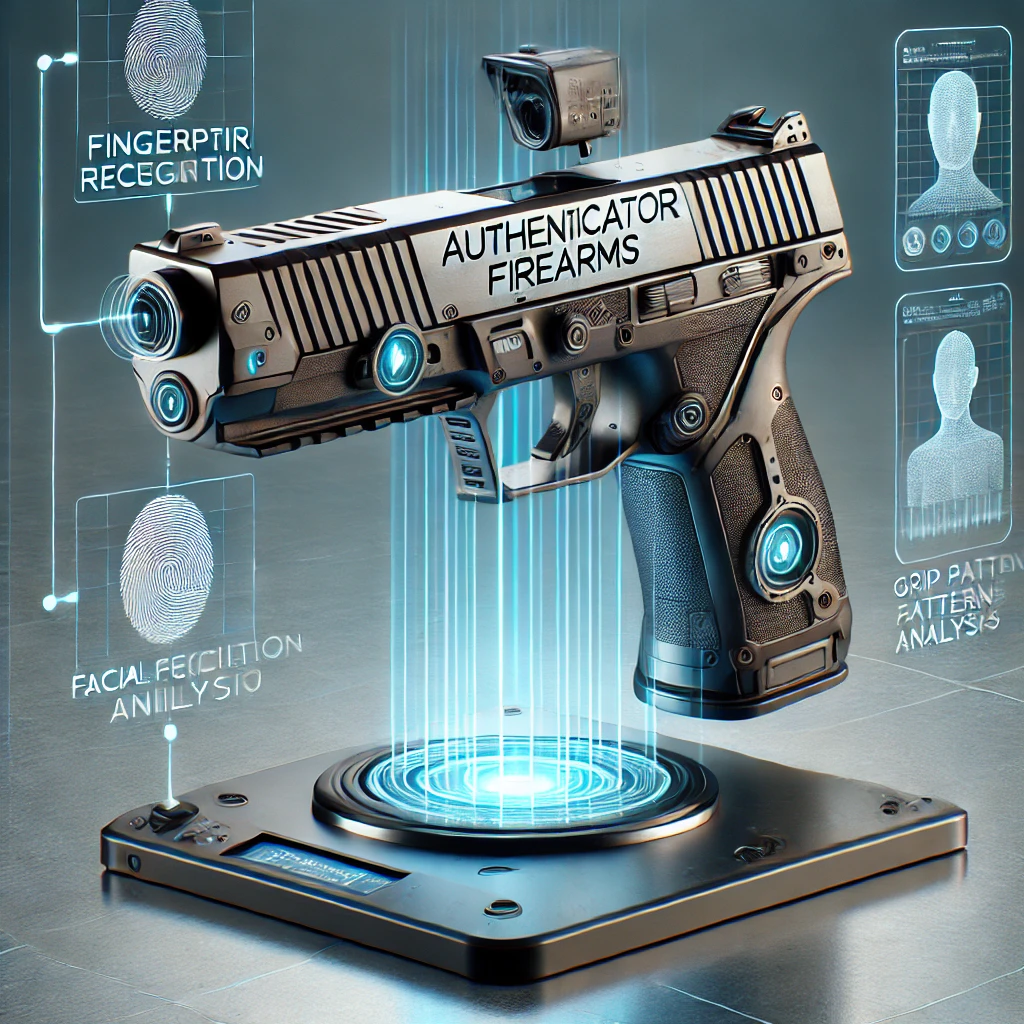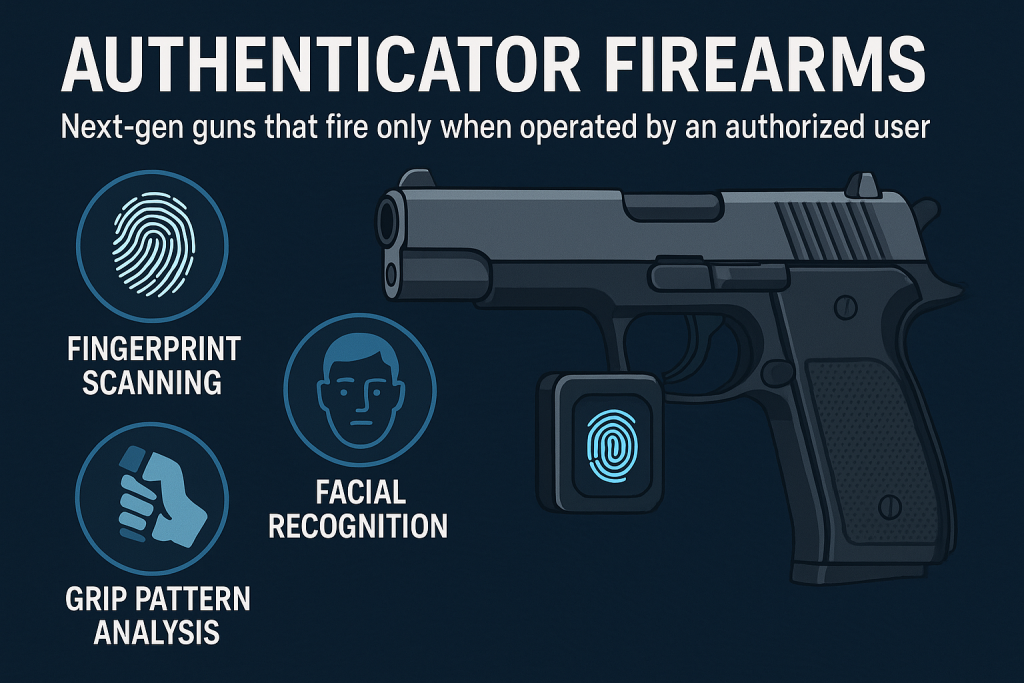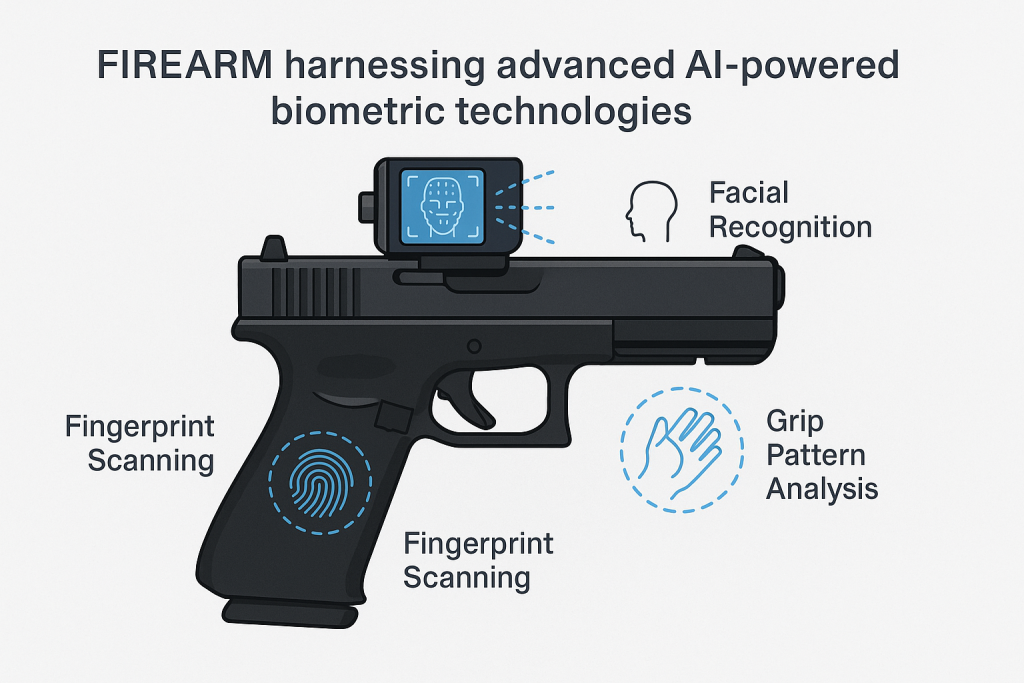In today’s digital world, we rely on authenticator apps like Google Authenticator or Microsoft Authenticator as a key part of two-factor or multi-factor authentication. These tools add an extra layer of protection when accessing sensitive information, such as our email accounts or online banking. Beyond apps, authentication technologies have evolved into more sophisticated methods—including fingerprint recognition, facial scanning, grip pattern analysis, Bluetooth, and even RFID chips embedded in credit cards. At its core, authenticator technology is designed to verify a user’s identity and prevent unauthorized access, much like how we unlock an iPhone with a face scan or a fingerprint.

This same concept of secure, user-specific access has now inspired efforts to improve gun safety. In recent years, researchers and innovators have focused on reducing firearm misuse, especially incidents involving children or unauthorized users. Despite meaningful progress, challenges remain—particularly with sensor reliability and the mechanical complexity of integrating biometric systems into firearms. Some systems struggle to recognize fingerprints due to dirt, sweat, or environmental conditions, requiring backup options like passcodes. Grip-based recognition, although promising, remains largely in experimental stages with minimal real-world testing.

Enter the Authenticator Firearms—a new generation of smart guns designed to operate only when used by an authorized individual. These firearms harness advanced AI-powered biometric technologies to identify users in real time through fingerprint scanning, facial recognition, or grip pattern analysis. Drawing inspiration from everyday technologies like smartphone unlocking, these systems allow legitimate users to activate a firearm almost instantly. By analyzing biometric data quickly and accurately, the firearm ensures that only the registered owner—or another authorized user—can operate it.
Each Authenticator Firearm is equipped with a responsive biometric sensor, such as a fingerprint or palm-print trigger lock. In cases where fingerprint access may be compromised, the system can switch to alternative identification methods, including facial recognition through onboard camera sensors or grip recognition powered by AI-analyzed pressure and vein pattern data. The user’s grip is learned over time, improving accuracy with continued use. These fast and intelligent verification methods mean that a gun can be unlocked in less than a second, much like a smartphone.

In summary, Authenticator Firearms represent a groundbreaking fusion of artificial intelligence and biometric security. By combining fingerprint scanning, facial recognition, and grip analysis into a single, responsive system, these smart guns significantly reduce the risk of unauthorized or underage use. With the ability to recognize only pre-registered users, this technology offers a powerful step forward in preventing accidental shootings and enhancing public safety.
